Oct 3, 2018
Congratulations to Rob, Jean-Luc and our collaborators!
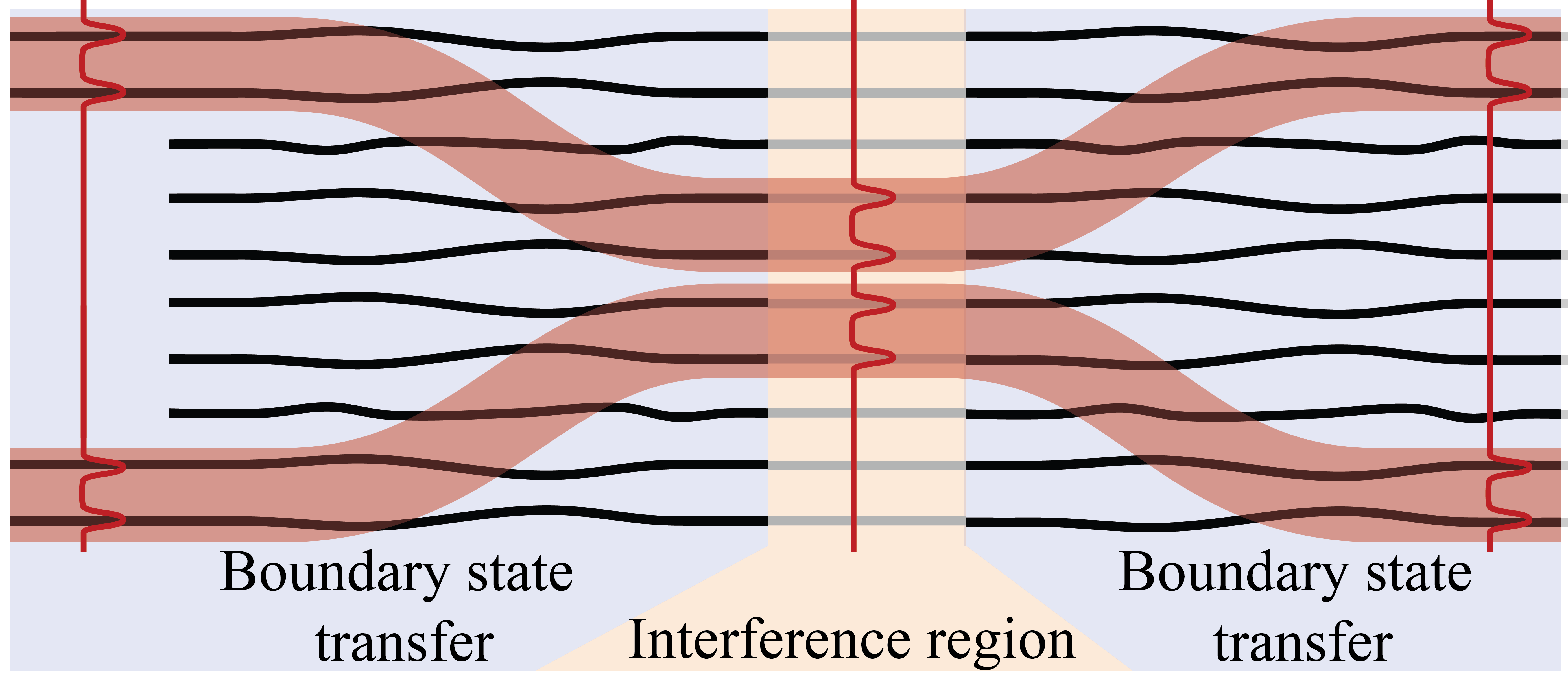
From the press article by Physicsworld:
Topological insulators are a recently discovered phase of matter that are electrical insulators in the bulk but which can conduct electricity on their surface via special “topologically protected” surface electronic states. These states have remarkable properties, including the fact that they are robust to defects and noise in the surrounding environment. A team of researchers in Australia, Italy and Switzerland have now shown that topological states made from single photons can be used as quantum bits (qubits) to process quantum information in a reliable way. The work could help in the development of more robust quantum computers.
These results have recently been published in Science Advances.
Link to the article
Apr 28, 2017
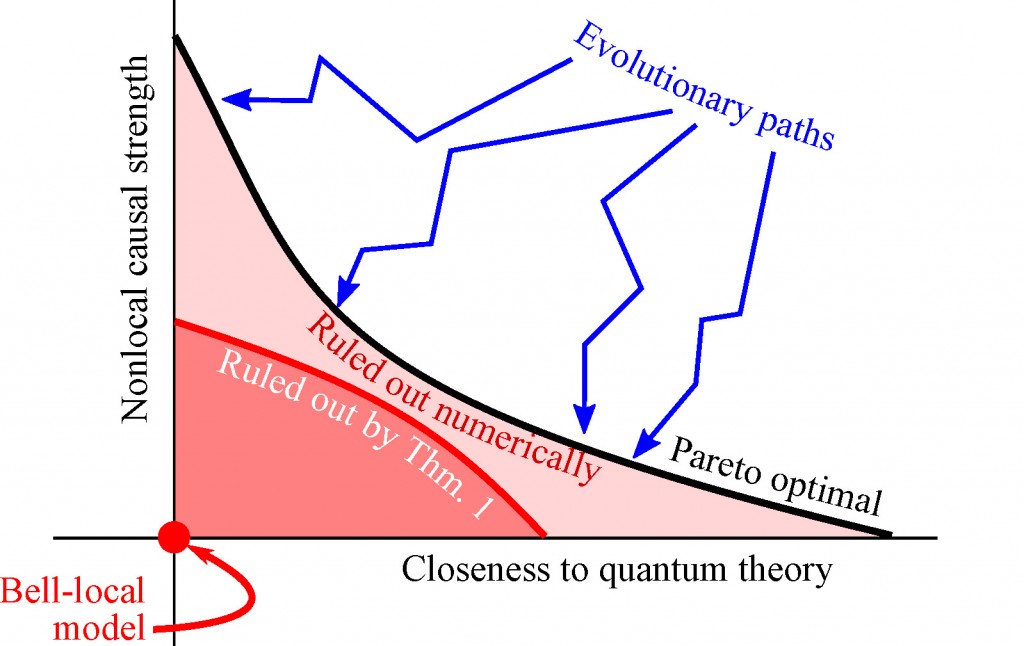
Australian and German researchers have collaborated to develop a genetic algorithm to confirm the rejection of classical notions of causality.
RMIT’s Dr Alberto Peruzzo said: “Bell’s theorem excludes classical concepts of causality and is now a cornerstone of modern physics.
“But despite the fundamental importance of this theorem, only recently was the first ‘loophole-free’ experiment reported which convincingly verified that we must reject classical notions of causality.
(more…)
Oct 24, 2016
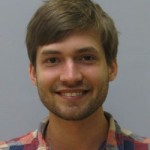
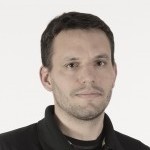
Congratulations to Andreas Boes and Robert Chapman, recipient of the RMIT Research Awards.
The RMIT Research Awards recognise and celebrate the research achievements of our staff and Higher Degree by Research (HDR) candidates.
Read the news from the RMIT awards page
Oct 10, 2016
 The ARC’s seven-year budget will support nine new Centres of Excellence, which involve significant collaboration between universities, publicly funded research organisations, other research bodies, governments and businesses.The aim, according to the ARC, is to undertake highly innovative and potentially transformational research with the aim of achieving international standing and a significant advancement of capabilities and knowledge.
The ARC’s seven-year budget will support nine new Centres of Excellence, which involve significant collaboration between universities, publicly funded research organisations, other research bodies, governments and businesses.The aim, according to the ARC, is to undertake highly innovative and potentially transformational research with the aim of achieving international standing and a significant advancement of capabilities and knowledge.
RMIT researchers are chief investigators, leading collaboration across multiple universities, in three successful bids. Dr Alberto Peruzzo (School of Engineering) and Dr Nicolas Menicucci (School of Science) have secured funds for a new round of the Centre for Quantum Computation and Communication Technology. This centre will receive $33.7 million to implement quantum processors able to run error corrected algorithms and transfer information across networks with absolute security. The new technology is expected to provide a strategic advantage in a world where information security is of paramount importance.
Link to RMIT press release
Jul 20, 2016
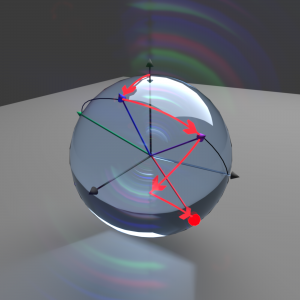 In this paper we report on the experimental demonstration of self-guided quantum tomography—a first of its kind iterative method to characterize quantum systems—and show its superior performance and robustness over standard quantum tomography in several photonic one- and two-qubit experiments. Standard quantum tomography requires storing and post-processing data from an exponentially large number of measurements, making this technique inapplicable for quantum states being prepared today. Moreover, it lacks robustness against inevitable statistical noise and measurement errors.
In this paper we report on the experimental demonstration of self-guided quantum tomography—a first of its kind iterative method to characterize quantum systems—and show its superior performance and robustness over standard quantum tomography in several photonic one- and two-qubit experiments. Standard quantum tomography requires storing and post-processing data from an exponentially large number of measurements, making this technique inapplicable for quantum states being prepared today. Moreover, it lacks robustness against inevitable statistical noise and measurement errors.
By iteratively learning the quantum state through a stochastic optimization algorithm, self-guided quantum tomography is far more resource efficient—thus can be applied to larger systems—and achieves higher accuracy thanks to its robustness against statistical noise and measurement errors.
Self-guided quantum tomography will likely be soon necessary in quantum experiments where standard quantum tomography is already unfeasible. Applications of the algorithm outside quantum tomography include state preparation and quantum device control. As automation will be critical for future quantum technologies, our demonstration takes an important step towards practical realization of autonomous learning.
Link to the article

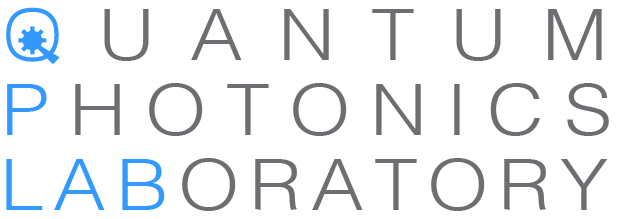




 In this paper we report on the experimental demonstration of self-guided quantum tomography—a first of its kind iterative method to characterize quantum systems—and show its superior performance and robustness over standard quantum tomography in several photonic one- and two-qubit experiments. Standard quantum tomography requires storing and post-processing data from an exponentially large number of measurements, making this technique inapplicable for quantum states being prepared today. Moreover, it lacks robustness against inevitable statistical noise and measurement errors.
In this paper we report on the experimental demonstration of self-guided quantum tomography—a first of its kind iterative method to characterize quantum systems—and show its superior performance and robustness over standard quantum tomography in several photonic one- and two-qubit experiments. Standard quantum tomography requires storing and post-processing data from an exponentially large number of measurements, making this technique inapplicable for quantum states being prepared today. Moreover, it lacks robustness against inevitable statistical noise and measurement errors.